|
Getting your Trinity Audio player ready...
|
I’ve been flying in Alaska for over 50 years now, mostly recreationally. No matter how much I fly, it’s never enough. I enjoy the adventure of long x-countries—which in Alaska has much to do with the challenges associated with remoteness, sparse communications, unimproved landing sites, and logistics! And I especially love float flying. My first rating was a private pilot SES. My first airplane (at age 17) was a Luscombe 8A on floats. It had an 85hp Continental, no electrical system, no radios, and I flew it everywhere.
Fast forward to 2003. I was living in Anchorage, Alaska, deep into my professional career as an engineer, had a C172XP on floats, and was enjoying life. My professional responsibilities required attendance at a meeting in Chicago that summer. I decided to travel there in the XP and make it a flying vacation. My friend agreed to come along. Joe was not unacquainted with general aviation. He grew up in upstate New York. His dad was a pilot, A&P, and had an aviation business. Joe had held a private SEL certificate and had a lot of right-seat time.
We did a little planning, but not a lot. Weather would dictate most of the day-to-day route and schedule. It would be all VFR and pilotage. We penciled out at least a rough, big-picture route, checked into fuel logistics, bought all the necessary sectional charts (still a time of paper maps), and built plenty of float (no pun intended) into the schedule. We blasted off in late June, the XP loaded with full tanks, 30 gallons of additional fuel carried in 5-gallon jerry jugs in the float compartments, and camping/survival gear in the back. We had planned to arc high (as in higher latitudes) across Canada before dropping south as we neared Michigan.
While the route had us traversing unparalleled terrain—the great meandering rivers, massive glaciers, and majestic mountains of Alaska; the striking Continental Divide and Nahanni Canyon (the “Grand Canyon” of Canada) in the Yukon Territory; and the vast subarctic tundra of the Northwest Territories, home of Great Slave and Great Bear Lakes—we found the real prize in the people we were to meet along the way: their friendliness, helpfulness, and generosity.
We planned to clear customs at Whitehorse, Yukon Territory, which would be our first overnight stop. It is a busy territorial capital and regional hub on the Yukon River, whose roots go back to the Klondike Gold Rush era. This trip was pre-eAPIS, and neither border transponder codes nor two-way communications were a thing. We were still friends with the Canadians at the time! We passed the border in silence and cleared customs with a phone call from a pay phone on the floatplane dock after we landed. We were good to go.
The XP had a 1977 vintage NavCom and ADF. Of course, any VOR stations were well out of range, if to be found at all—as was true in most of my Alaska flying. But the ADF could be handy if you could find a powerful enough AM radio station. Civilian access to GPS was just becoming a thing, but Garmin was still many years away from moving-map units with aviation databases. We had an early version of a handheld designed for the outdoor enthusiast; crude by today’s standards, but helpful nevertheless.
Our next leg would take us across the Continental Divide. Enroute, we settled into what became the SOP for the trip: launch each leg with full fuel and full jerry jugs; refuel at an intermediate “off-airport” location, and continue on. After off-airport refueling somewhere through the Continental Divide, we landed at remote Ft. Simpson, which sits on the amazing MacKenzie River.
The MacKenzie is a major interior river (comparable to the Mississippi) that flows north into the Arctic Ocean. It is a small hub for the region, with a gravel road connecting to the Al-Can Highway (hundreds of miles south). It was originally established in the mid-1800s as a Hudson Bay Company trading post. It would be like many communities we would encounter along our trip, each with its own unique story and character: places like Yellowknife, capital of the Northwest Territories, a surprisingly contemporary community of about 20,000 sitting on the edge of Great Slave Lake; and “Uranium City,” a place we’d seen on the map, too mysterious to pass up. Located on Lake Athabasca in northern Saskatchewan, it had once been a bustling community of over 5,000 supporting Cold War-era uranium mines scattered in the region. Today it’s a quiet community of some 50–100 folks, generally living a subsistence lifestyle.
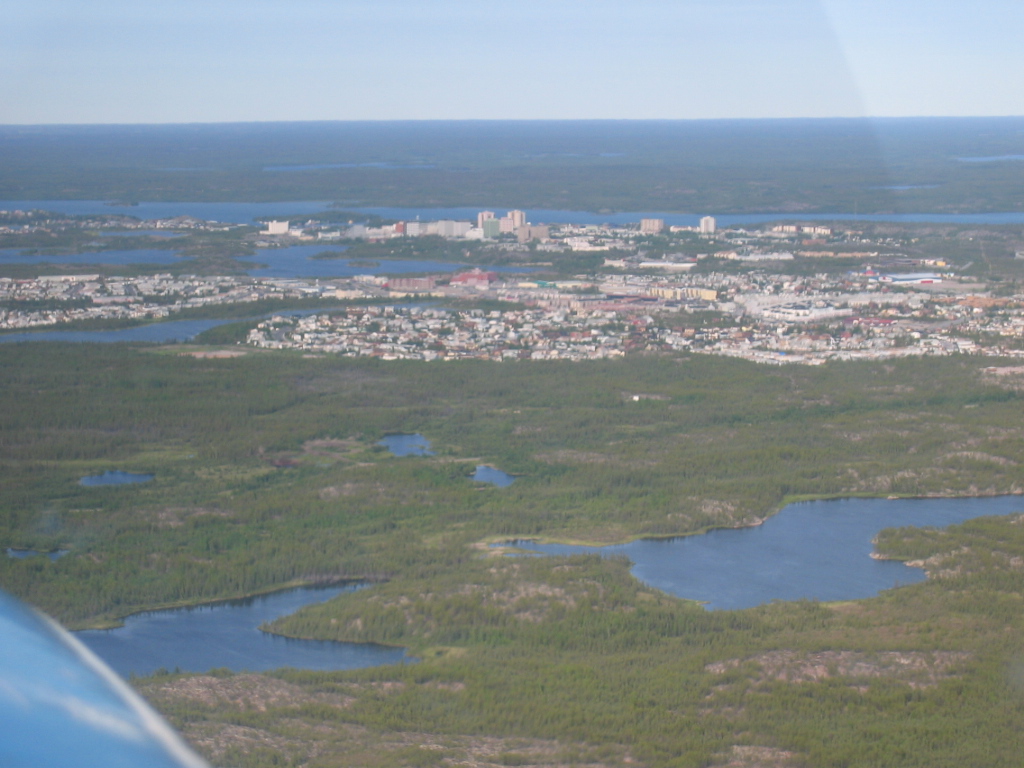
Yellowknife, capital of the Northwest Territories, is a surprisingly contemporary community of about 20,000 sitting on the edge of Great Slave Lake.
Too many stops with too many unique stories to tell here, but let me relate one: an unscheduled stop at God’s Lake Narrows, an off-the-beaten-path rustic fishing lodge in central Manitoba. This had not originally been on our flight path, but after an afternoon of challenging diversions around thunderstorms, we searched for an alternate for the night and ended up here. What great hospitality we enjoyed. After a gourmet dinner, a comfortable night in a cabin, and a first-class breakfast, our friendly host (actually the mother of the proprietor and apparent boss of the operations) charged us $25 total for the stay! We expressed our dismay, paid the bill, and left a hefty tip. And then, like an unexpected gift, we were approached by a local uniformed fish and game official who said he couldn’t help overhearing our conversation during breakfast. He explained that his department had operated a C185 from this location for their work but had transitioned to a turbo-beaver burning turbine fuel. They had surplus avgas stored in 55-gallon drums awaiting backhaul out of this remote location—a logistical challenge. He suggested no one would mind at all if one of the drums was drained to help a passing aviator. I couldn’t believe the luck. Even then, avgas was a major expense. We dragged a 55-gallon drum down to the lake’s edge and topped off the wing tanks and jerry jugs, all at no cost!
After another day or two of thunderstorm dodging through the unique northern country, it was the 4th of July and we were approaching the border. We had been directed by US Customs to land on the St. Marys River (adjacent to Sault Ste. Marie), just south of the border, and beach the aircraft at Aune Park. We were not to exit the plane until Customs arrived. Well, that was our intent. But after landing just offshore, we found no floatplane dock and the “beach” was a rough, rocky shoreline. We maneuvered just offshore for a while but observed no Customs officers. In the meantime, we were having to jockey around boat traffic. Finally, we gently nudged up to the rocky shoreline and tied off. We had to stay out of the plane to help buffer the aircraft and the rocks. My trusty copilot was in need of a restroom. Finally, he could wait no longer and dashed for the park facilities. As luck would have it, Customs arrived on the scene. I must say, while we explained the situation, Customs was less than understanding. You could hardly believe we were actually US citizens trying to re-enter our own country. After a grueling inspection and interviews, we were passed through.
We departed swiftly and headed for an inviting place on Lake Michigan where we had good friends. We flew past the famous Mackinaw Bridge, down the east coast of Lake Michigan, and landed at Harbor Springs late afternoon. We beached the XP in front of Lee and Anne’s great summer cottage—just in time for a BBQ, refreshments, and a great 4th of July fireworks show!
While my ultimate destination was Chicago, much as I had tried before starting the trip, I had not been able to secure permission to land in the protected waters of the Chicago marina. Each time I contacted the Chicago Port Authority about permission to operate and dock or moor a floatplane there, I was met with confusion. I tried to explain the situation, but each time was told, “If you want to land a plane in Chicago, you need to go to the airport.” So, I settled for Green Bay. I landed there on the Fox River, not all that far from Lambeau Field, secured the plane at a small marina, and completed the trip in a rental car.
After a great week in Chicago, I was looking forward to the trip home. My daughter, who was then attending Michigan Law School and had many, many hours of “right-seat time” growing up in Alaska, decided she would come as co-pilot. We planned a slightly different return route and, about July 14th, headed north. It was an equally great trip…but that’s a whole other story.
Since the time of my Alaska-to-Chicago fly-venture, I have been amazed by the aviation technology explosion: GPS, glass cockpits, ADS-B, LSAs, and more. It’s all cool. But I must admit, I enjoyed the pre-technology float-flying days most of all. Not long ago I caught the mail plane from Juneau to Gustavus—a 20-minute flight. The mail plane was a Cessna Caravan, and I was lucky enough to sit in the co-pilot’s seat. It was a rare CAVU day, affording an opportunity to just enjoy flying at its best. For this flight, under the control of a skilled young professional, we filed IFR, handed off the actual flying to the AP during climb-out, and dutifully monitored the PFD and MFD tracking the course line and altitude with precision. I know he looked up to complete the landing flare, but I doubt he saw much of the breathtaking country we were so lucky to be transiting. In today’s world, it’s all about leaving nothing unknown. In the past, it was all about enjoying the unknown.
- Alaska to Chicago on Straight Floats - October 8, 2025

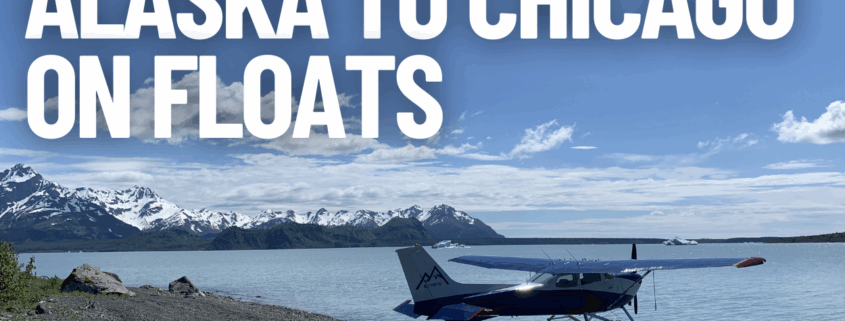
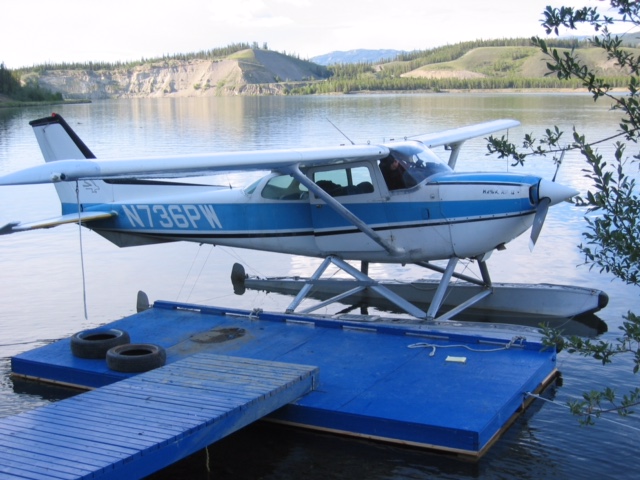
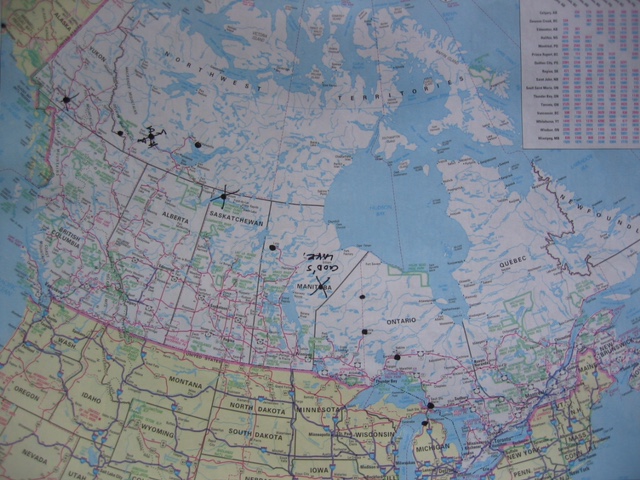
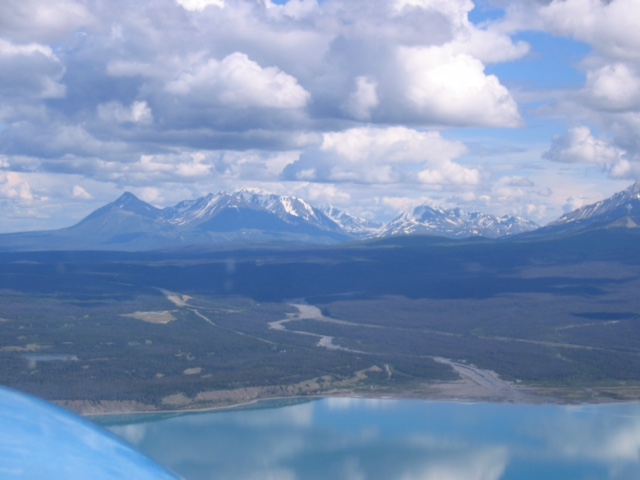
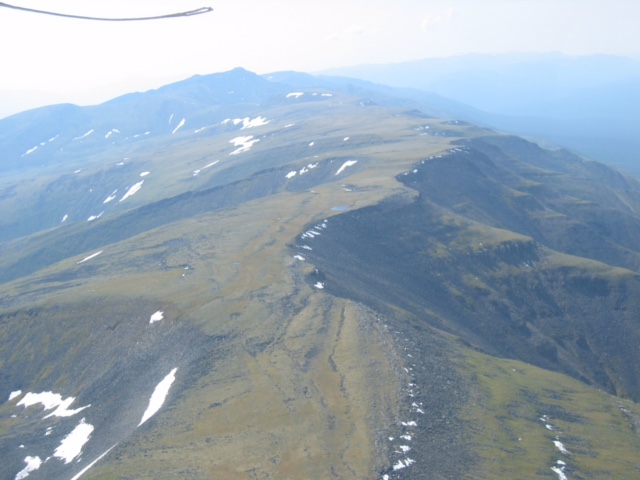
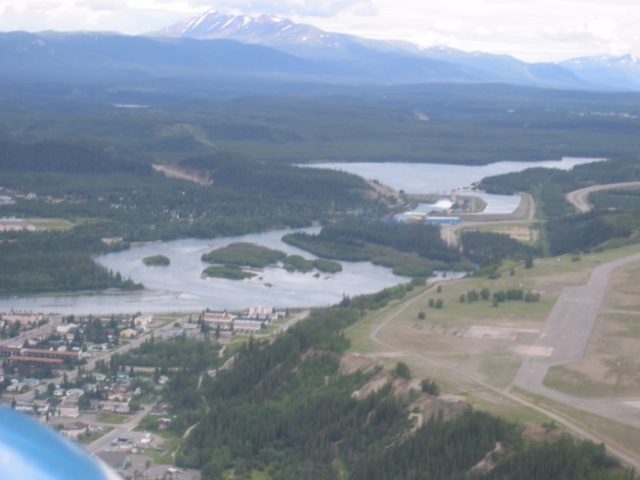
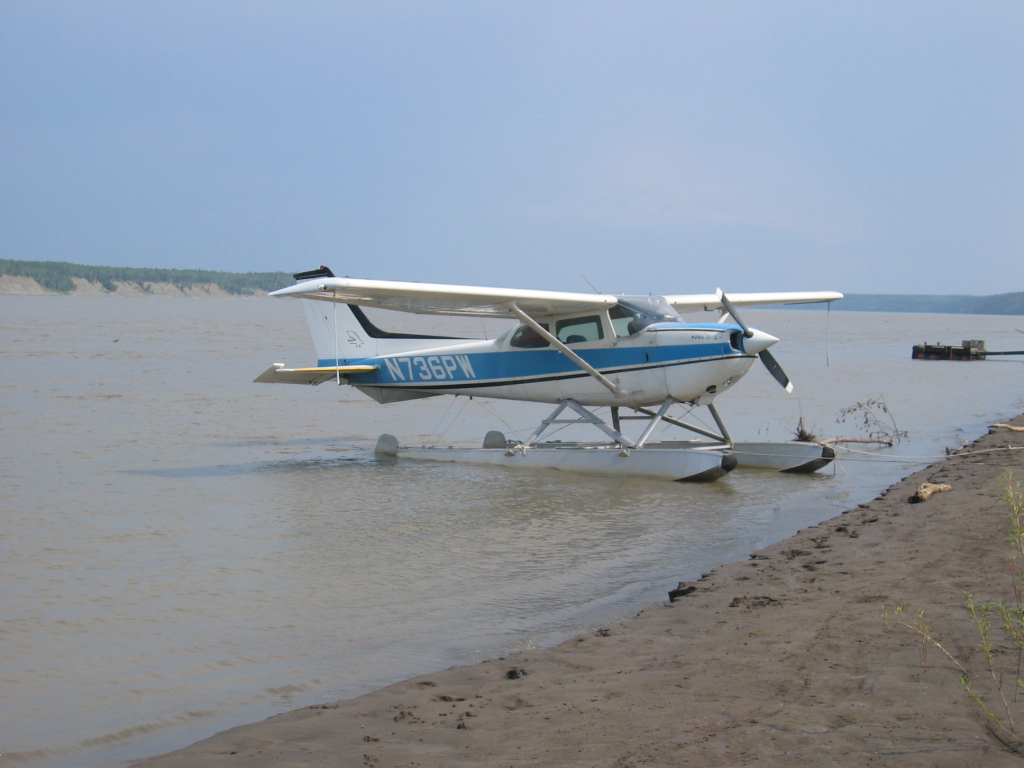
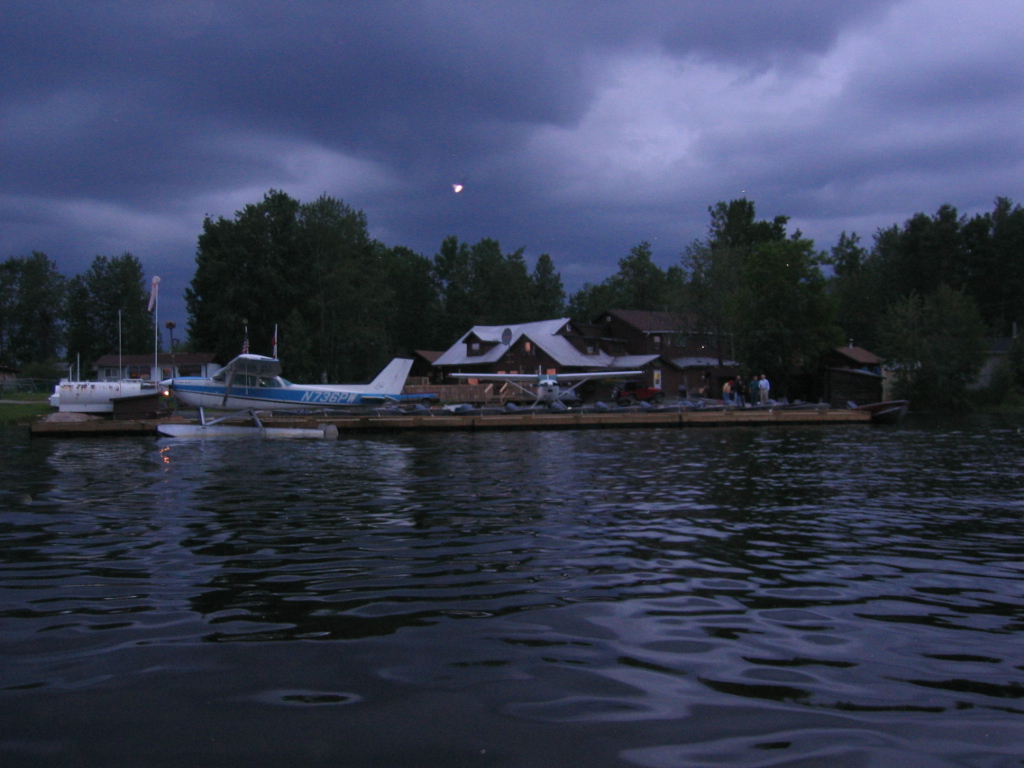
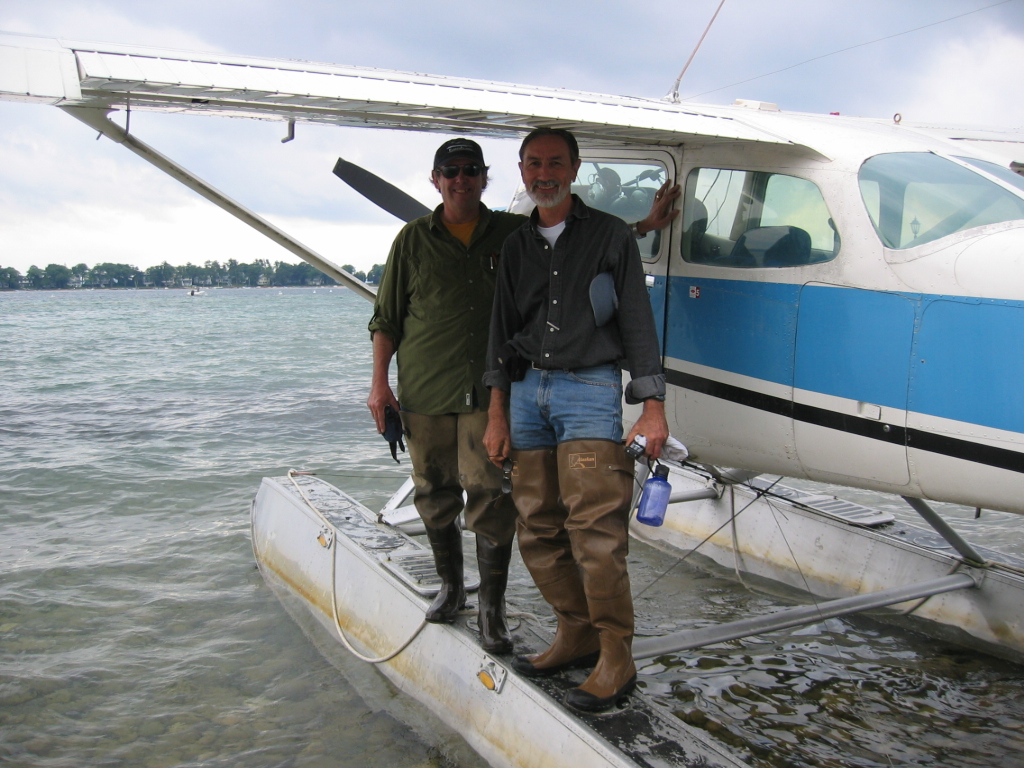


Fun article. Jealous!
However Nahanni is in the Northwest Territories not Yukon.
I loved this story. My SES experience is minimal in a C-185 on amfib floats but what you see flying at seaplane altitudes is exactly what Steve shared in this article, always fantastic.
Wonderful story. It captures the essence of bush flying in just a few sketches, especially that of God’s Lake Narrows (been there, got the T-shirt) episode.
I was lucky to have spent my professional piloting career in northern Canada diring the 1970s and 1980s when the newest device was an RNAV contraption which was able to offset VORs to another location, hence providing a localizer for self-made approaches based on a 50 to 1 topographical map. Very useful in trying to find a snow covered strip in low cloud and vis conditions for a medivac flight.
Nothing quite like float flying. Thanks for the story.